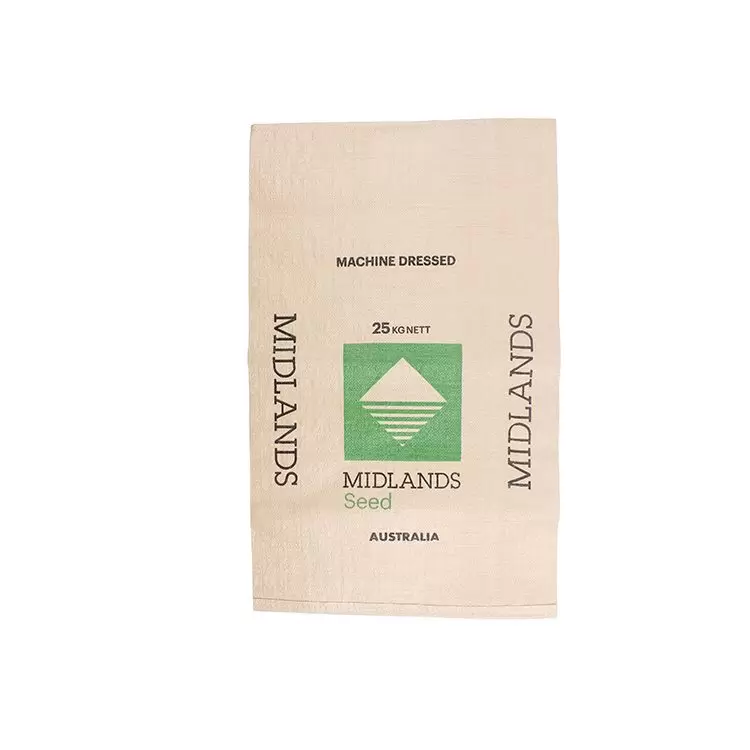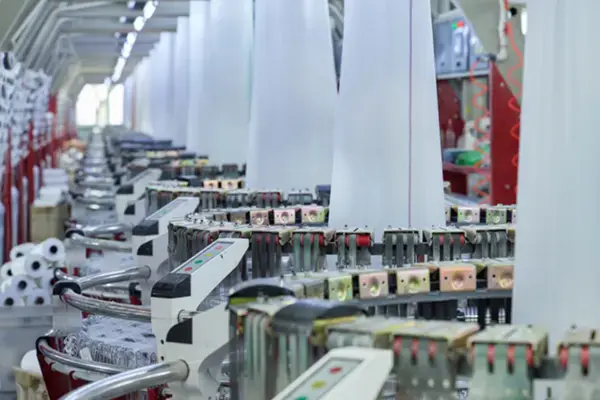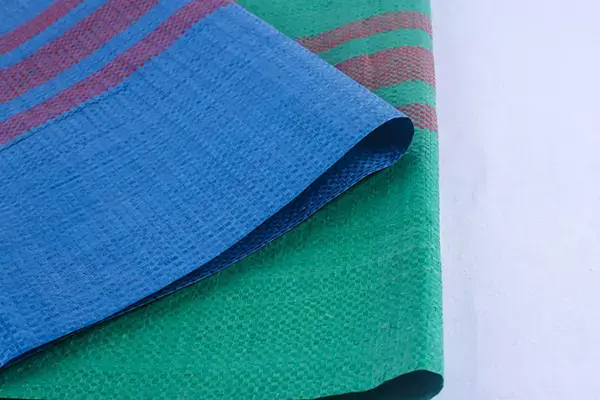Understanding PP Laminated Kraft Paper Bags
PP laminated Kraft paper bags are a type of packaging material commonly used for coffee. They are made from a combination of Kraft paper and a layer of polypropylene (PP) lamination. The Kraft paper provides durability and strength, while the PP lamination offers moisture resistance and heat sealing capabilities. These bags are often praised for their natural appearance and ability to preserve the freshness of coffee beans.
Environmental Impact of PP Laminated Kraft Paper Bags
When assessing the environmental impact of any packaging material, it is essential to consider its entire lifecycle. PP laminated Kraft paper bags have both positive and negative environmental aspects.
2.1 Positive Environmental Aspects
- Renewable and Recyclable: Kraft paper is derived from wood pulp, which comes from sustainably managed forests. It is a renewable resource that can be recycled multiple times.
- Reduced Carbon Footprint: Compared to plastic-based packaging materials, Kraft paper has a lower carbon footprint. The production process emits fewer greenhouse gases, contributing to a lower overall environmental impact.
2.2 Negative Environmental Aspects
- Lamination Challenges: The PP lamination on Kraft paper bags poses challenges in terms of recyclability. While the Kraft paper itself is recyclable, the lamination can interfere with the recycling process. However, advancements in recycling technology are continually being made to address this issue.
- Energy Intensive Production: The production of Kraft paper requires significant amounts of energy and water. Although efforts are being made to improve energy efficiency and reduce water consumption, these factors should still be considered.
Comparing PP Laminated Kraft Paper Bags with Other Packaging Materials
To assess the environmental friendliness of PP laminated Kraft paper bags, it is crucial to compare them with alternative packaging materials commonly used for coffee.
3.1 Plastic Bags
Plastic bags, particularly those made from non-biodegradable materials like polyethylene, have a detrimental impact on the environment. They take hundreds of years to decompose and contribute to plastic pollution in landfills and oceans. In comparison, PP laminated Kraft paper bags are a more sustainable option due to their renewable nature and lower carbon footprint.
3.2 Aluminum Foil Bags
Aluminum foil bags offer excellent barrier properties, but they have a higher environmental impact compared to PP laminated Kraft paper bags. The production of aluminum requires vast amounts of energy and contributes to greenhouse gas emissions. Additionally, aluminum foil is not easily recyclable, further adding to its environmental drawbacks.
Based on the analysis of PP laminated Kraft paper bags and their comparison with alternative packaging materials, it can be concluded that these bags are indeed environmentally friendly. While they have some negative aspects, such as lamination challenges and energy-intensive production, their overall positive attributes outweigh the negatives.
PP laminated Kraft paper bags offer a renewable and recyclable packaging solution with a lower carbon footprint compared to plastic bags and aluminum foil bags. As advancements in recycling technology continue to address the challenges posed by lamination, these bags will become even more eco-friendly.
In conclusion, if you are looking for an environmentally friendly packaging option for your coffee, consider using PP laminated Kraft paper bags. Not only will you contribute to reducing plastic pollution and greenhouse gas emissions, but you will also showcase your commitment to sustainability to your customers.








